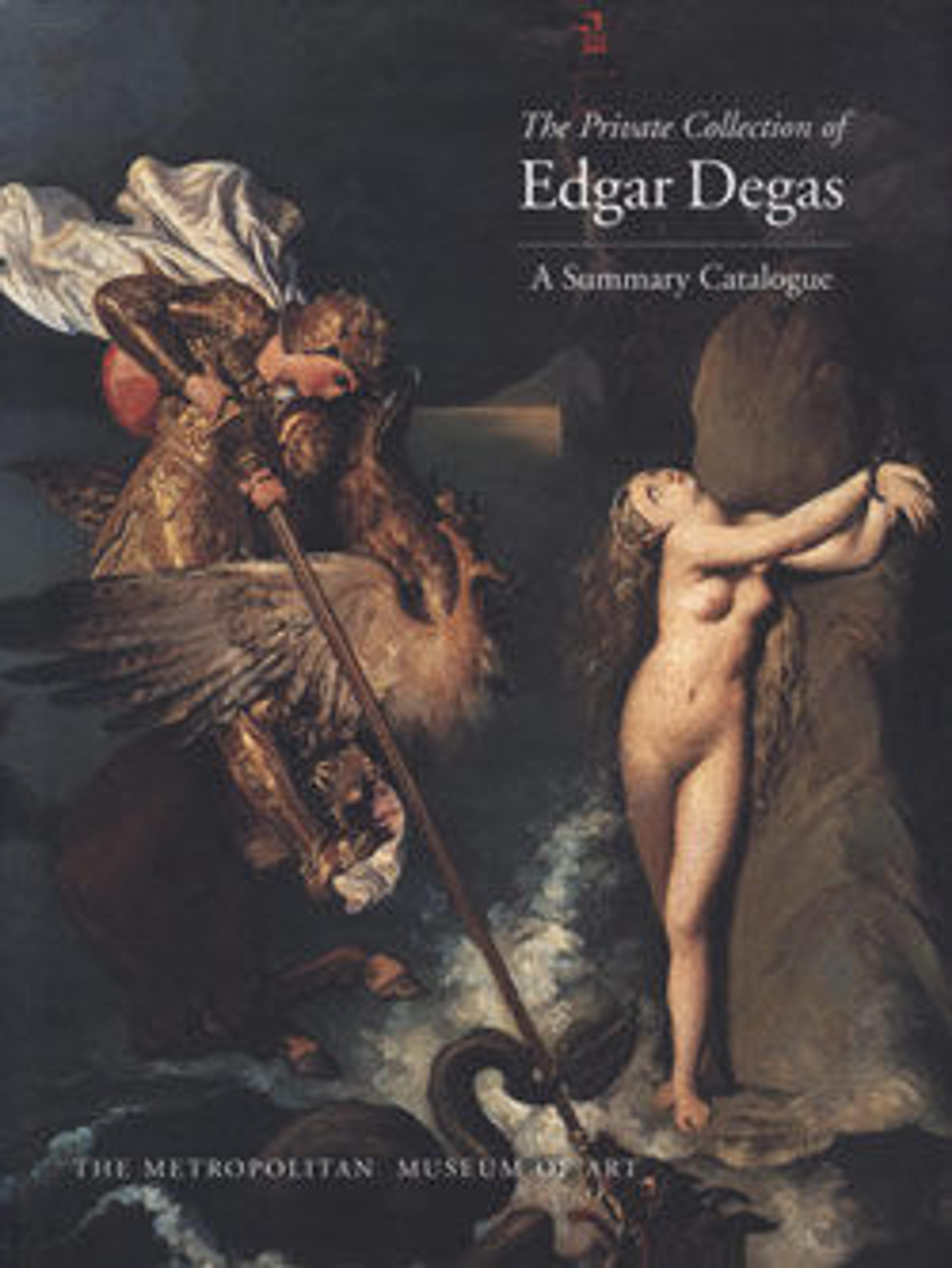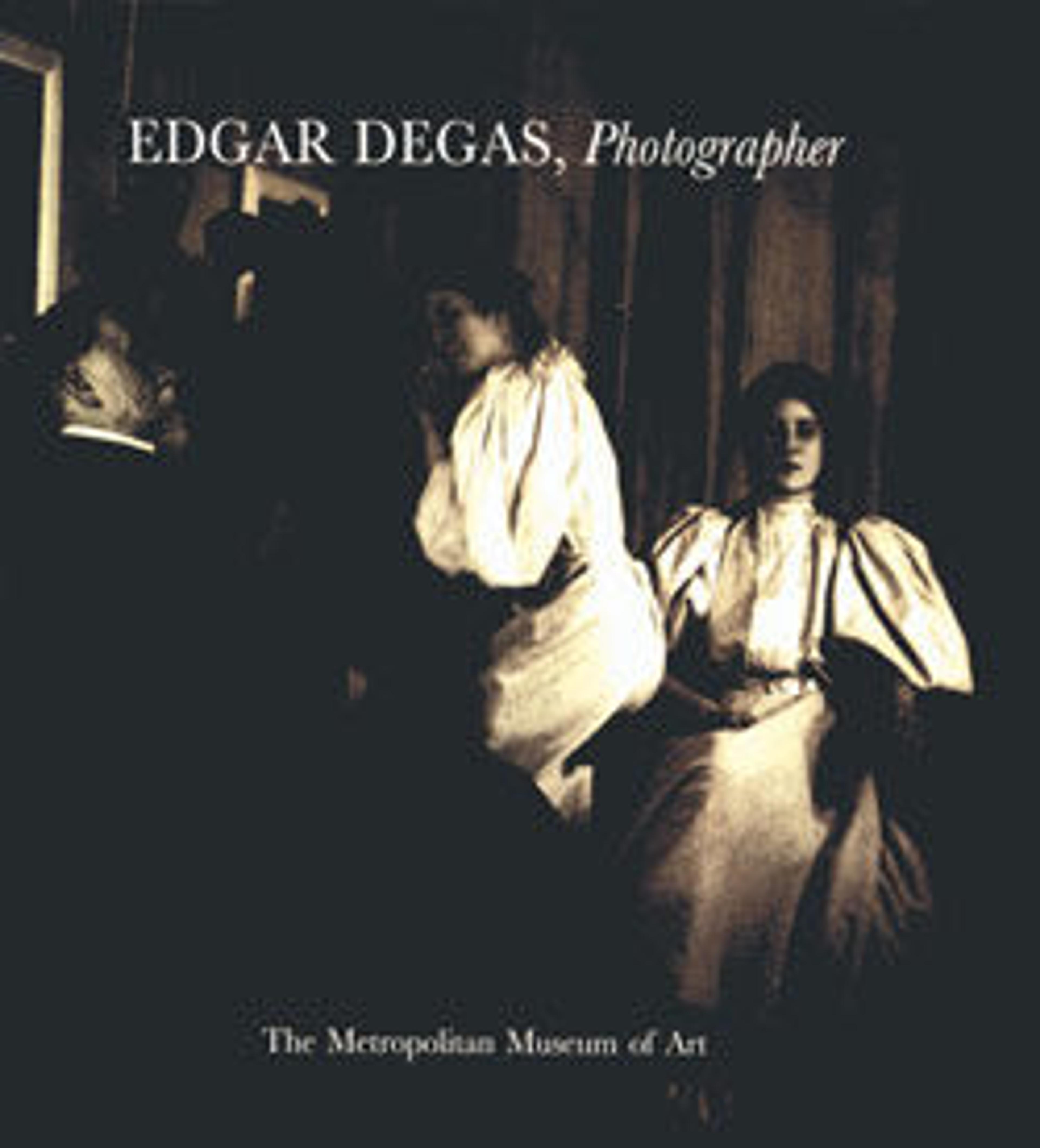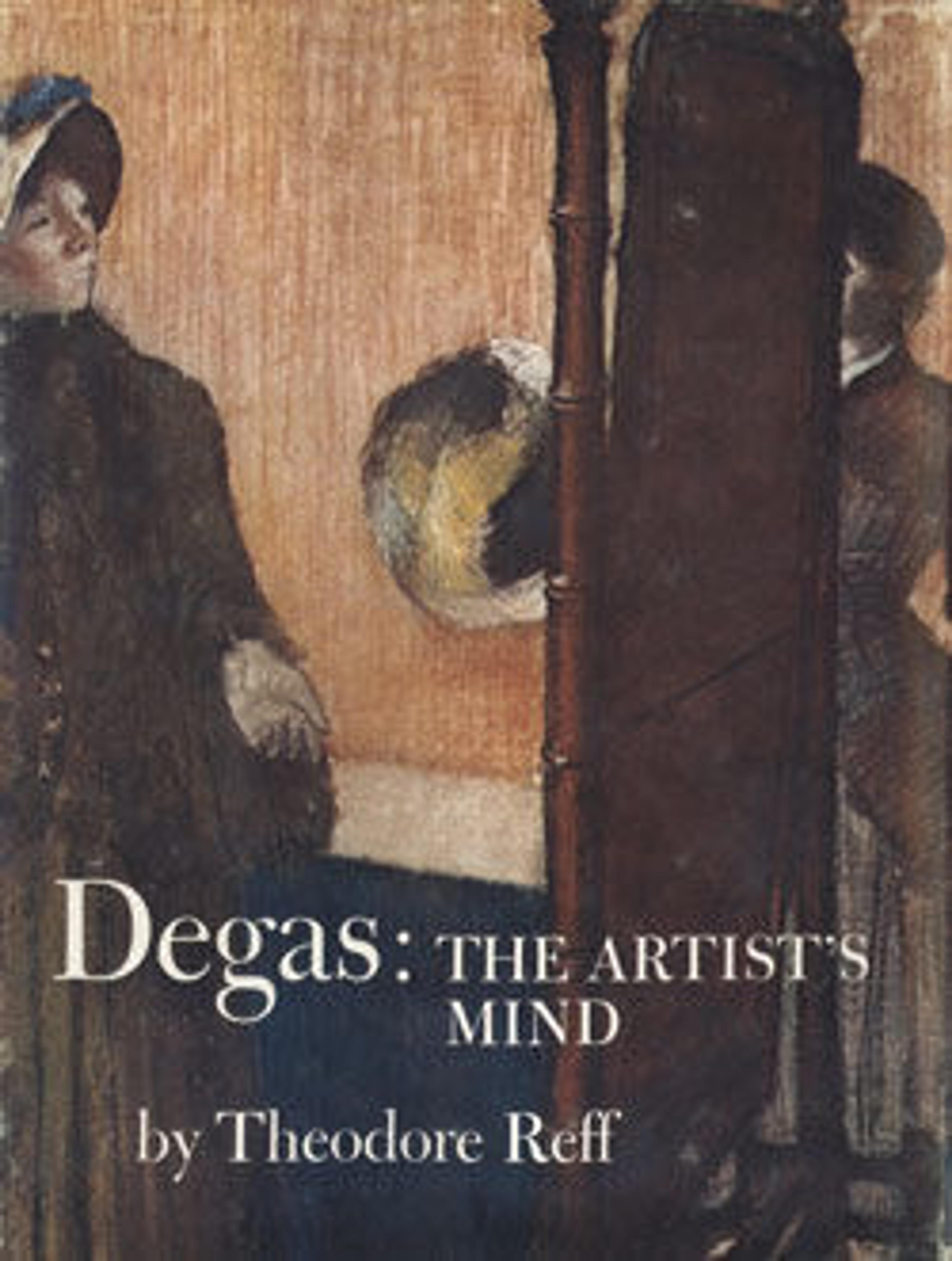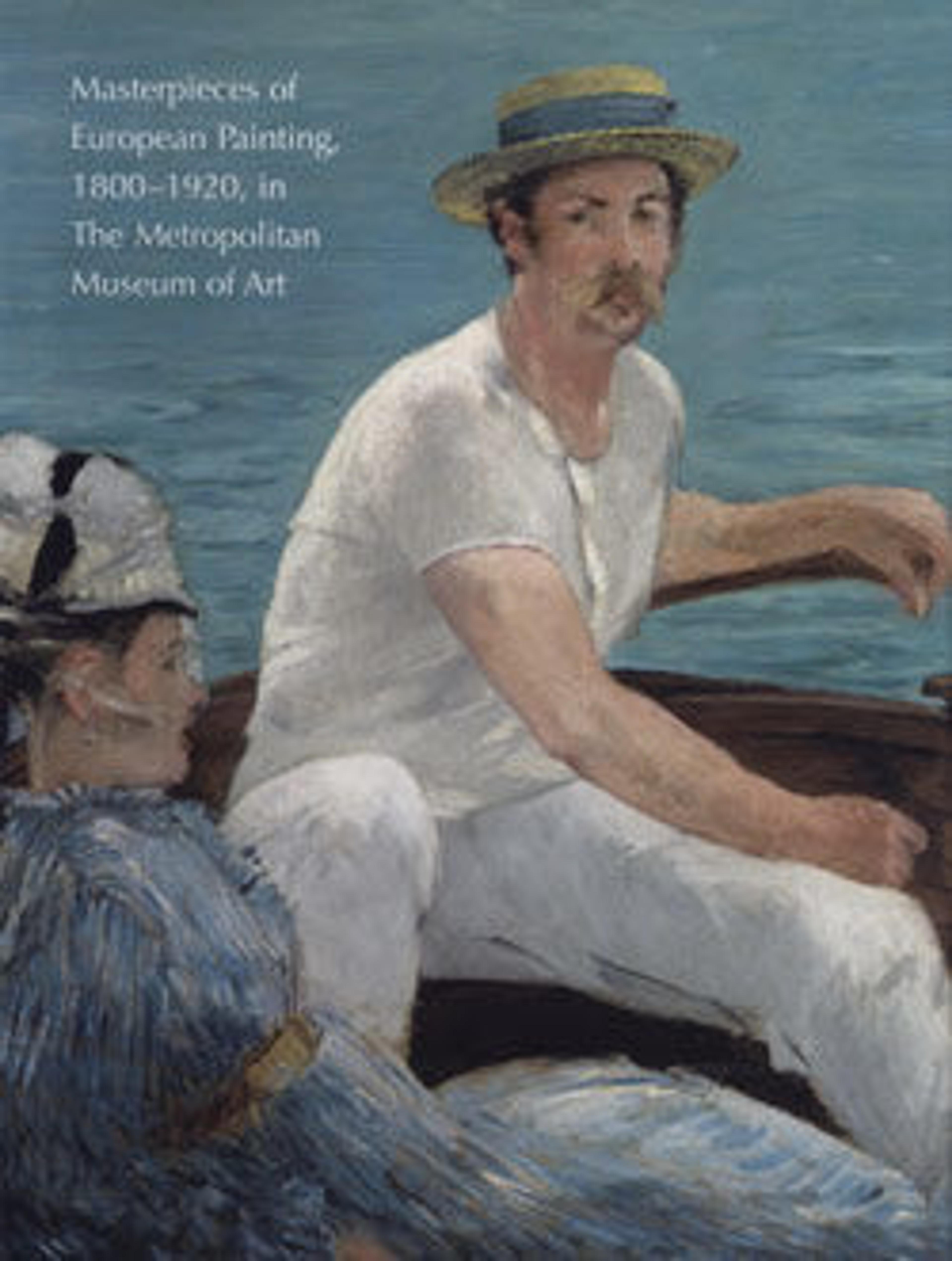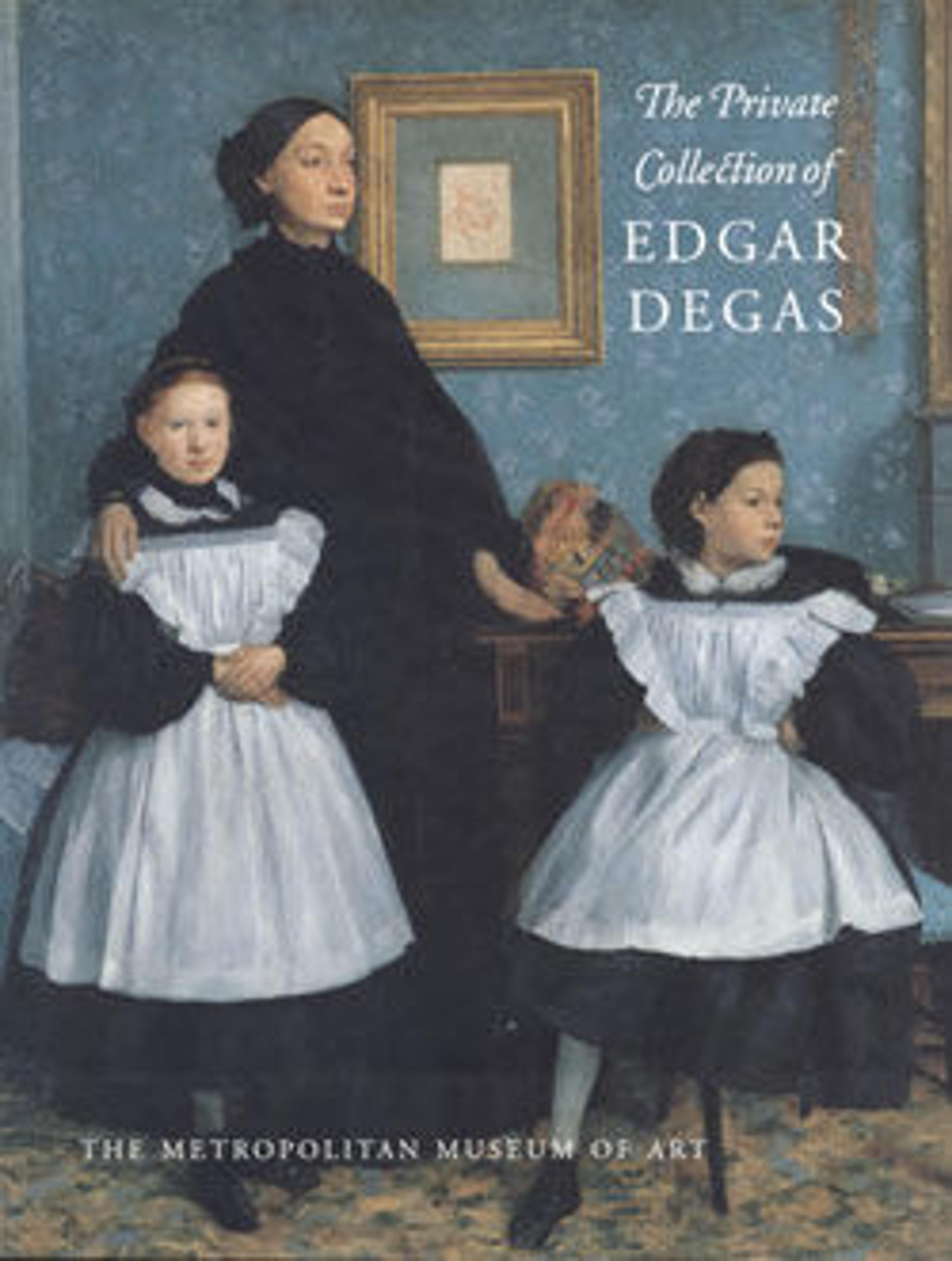
The Private Collection of Edgar Degas
When Edgar Degas died in 1917, his enormous art collection, consisting of several thousand paintings, drawings, and prints, came to light. This remarkable assemblage included great numbers of works by the French nineteenth-century masters whom Degas revered—Delacroix, Ingres, and Daumier—and at the same time demonstrated Degas's profound interest in the art of certain of his contemporaries, particularly Manet, Cézanne, Gauguin, and Mary Cassatt. Dispersed when it was sold at auction in 1918 during the bombardment of Paris, the collection is now the subject of both an illuminating exhibition and this accompanying catalogue.
In a series of essays, some previously published and some written for this book, major scholars discuss, from various perspectives, Degas's collection and its relation to his own art. Ann Dumas vividly describes Degas's passionate appreciation and compulsive acquisition of works of art, his musings about founding a museum, and the nineteenth-century world of art collecting in which he moved. Gary Tinterow reveals the staggering quantity and quality of his own works that Degas kept until his death—not the ballet dancers of his middle years, but stunning early portraits and mysterious narrative paintings, boldly composed late works that explode with color, and examples of his consummate draftsmanship.
Degas's own artistic thinking was significantly influenced by the artists he admired, and this subject is explored by several authors. Theodore Reff's classic essay on Ingres, Delacroix, and Daumier demonstrates the complex ways Degas comprehended the genius of each master and in some way made it his own. Degas's personal and artistic relationship with Manet is investigated by Mari Kálmán Meller and Juliet Wilson-Bareau, and his protective encouragement of Gauguin is described by Françoise Cachin. Richard Kendall points out the intriguing parallels and divergences between Degas's and Cézanne's artistic achievements. The history of a printmaking endeavor in which Degas collaborated with Mary Cassatt and other artists is presented by Barbara Stern Shapiro. Colta Ives explicates how Degas assimilated the lessons he derived from Japanese prints.
The dramatic revelation and then the auctioning off of Degas's collection constitute still another story. Caroline Durand-Ruel Godfroy conveys a sense of the frantic behind-the-scenes activity at the Durand-Ruel gallery, which inventoried the collection and managed its sale. Susan Alyson Stein narrates the chain of events by which the Metropolitan Museum, despite wartime difficulties, ultimately succeeded in acquiring masterworks from Degas's collection and studio. Rebecca A. Rabinow describes the animated press coverage of the sales on both sides of the Atlantic and provides a compilation of the actual writings.
A second, companion volume is an illustrated summary catalogue of the entire collection. Richly illustrated with hundreds of works from Degas's collection, this comprehensive study of a great artist's artistic passions is a book of exceptional interest.
Met Art in Publication
You May Also Like
Press the down key to skip to the last item.
